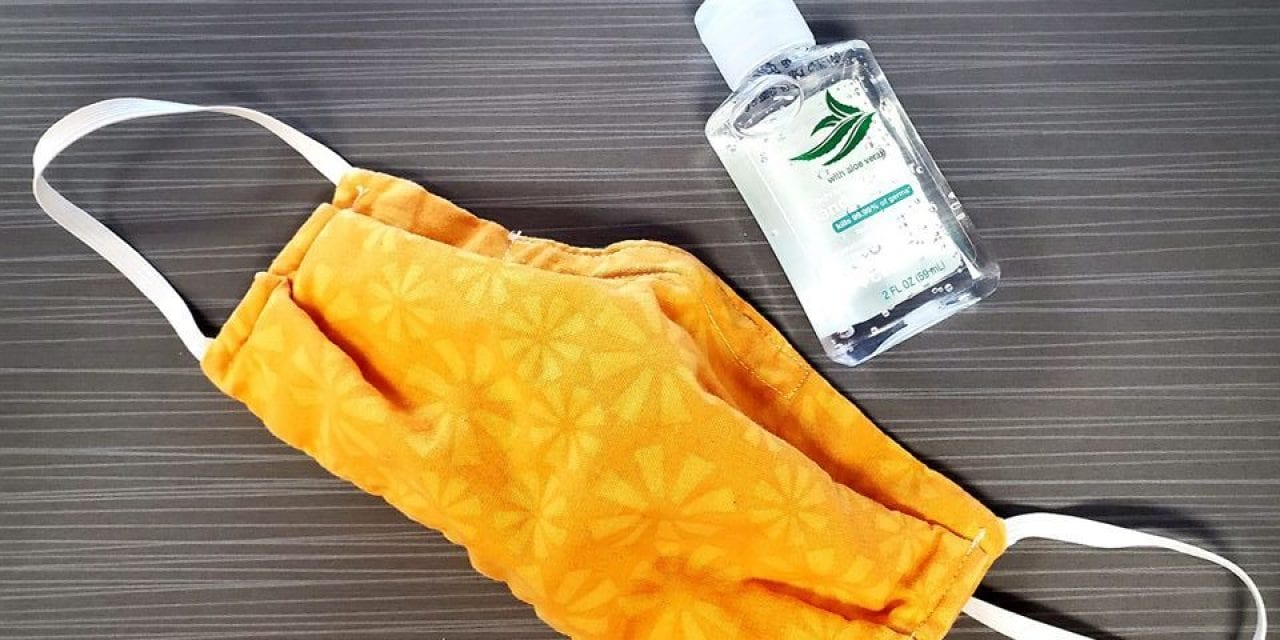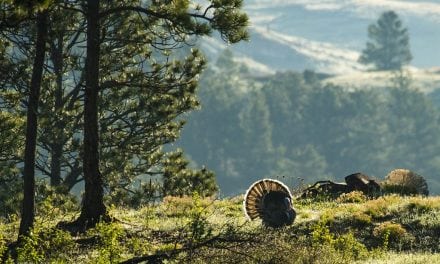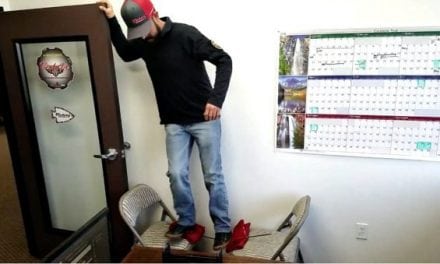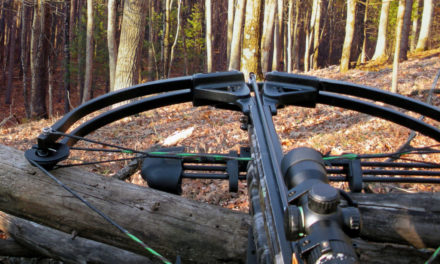The intense heat and humidity of summer’s “dog days” are here. Ears of sweet corn are being harvested. Boating, swimming, tubing and fishing are being widely enjoyed now.
But, wait a second.
For those of us who are avidly involved in the hunting lifestyle and its year-round process, summer means a myriad of things to do if we are to have a safe and successful fall hunt.
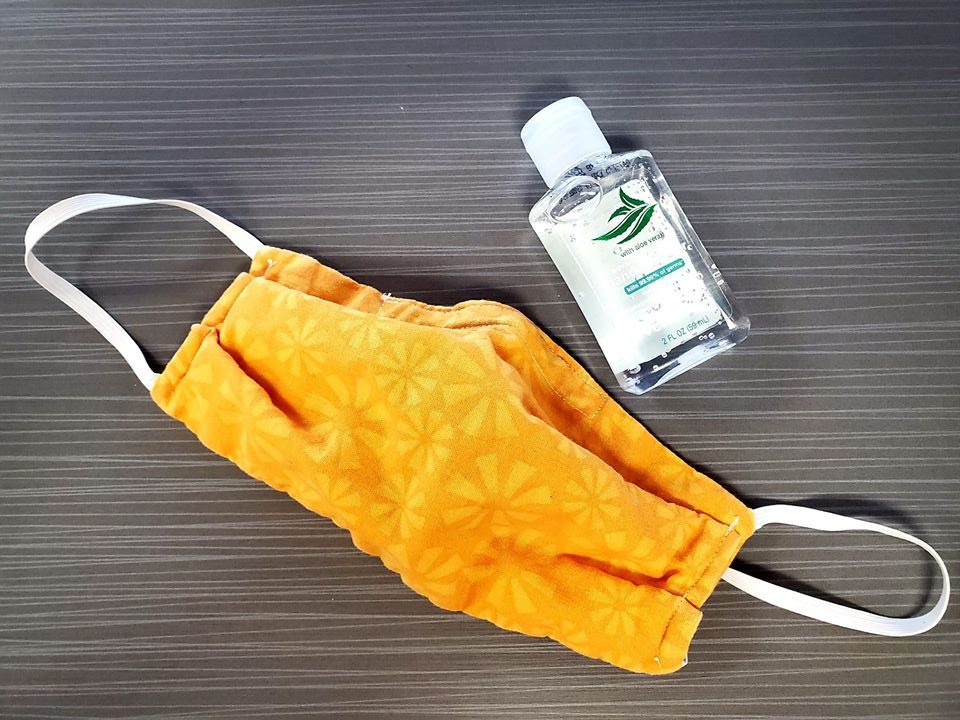
I don’t know about you, but in mid-summer, my thoughts begin to drift toward cool, crisp mornings, falling leaves and maybe even a bit of snow cover on the ground.
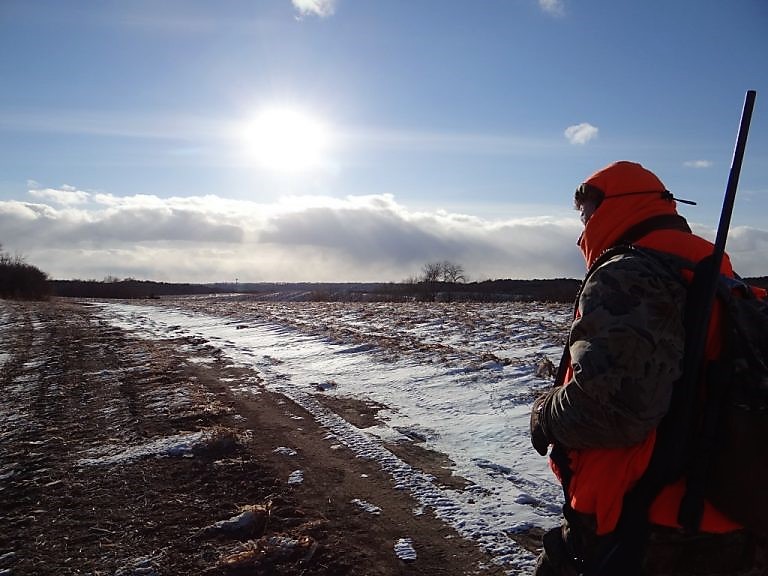
Perhaps you can picture yourself throwing out teal duck decoys on warm, humid, early September morning in your favorite wetland.
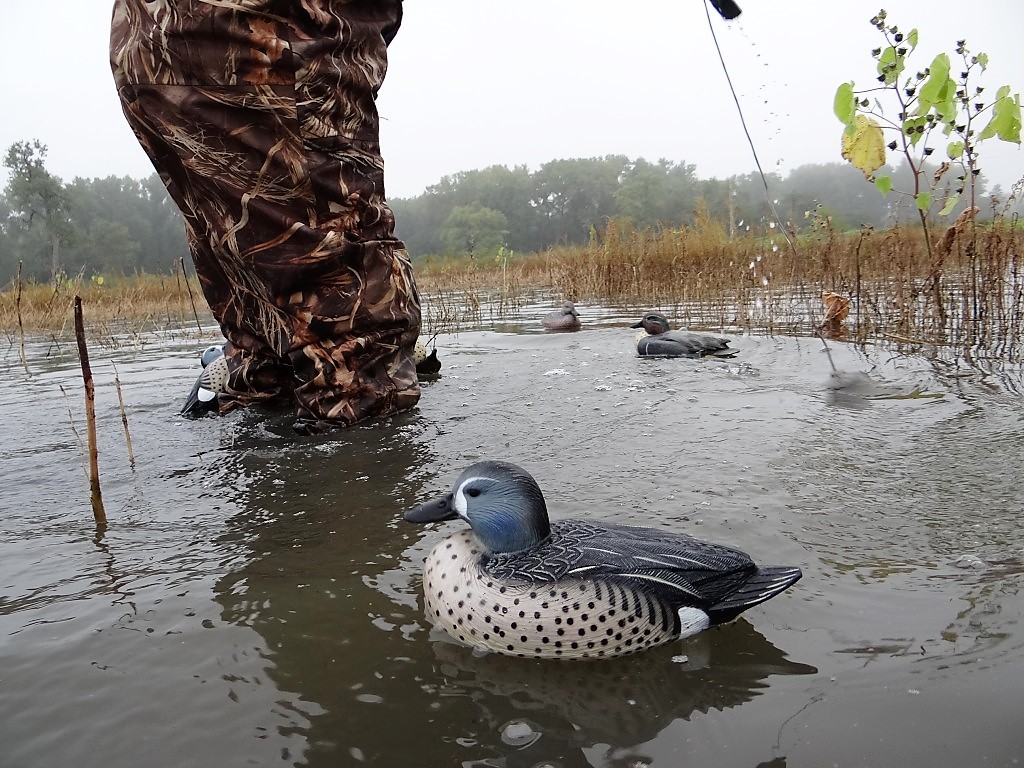
I know that you have been spending some time on the target range practicing with your firearm or bow. I know that you have been down the aisles of nearby sporting goods stores perusing the newest hunting clothing and equipment and checking out the special sales. In fact, I purchased a new deer hunting rifle at a bargain price.
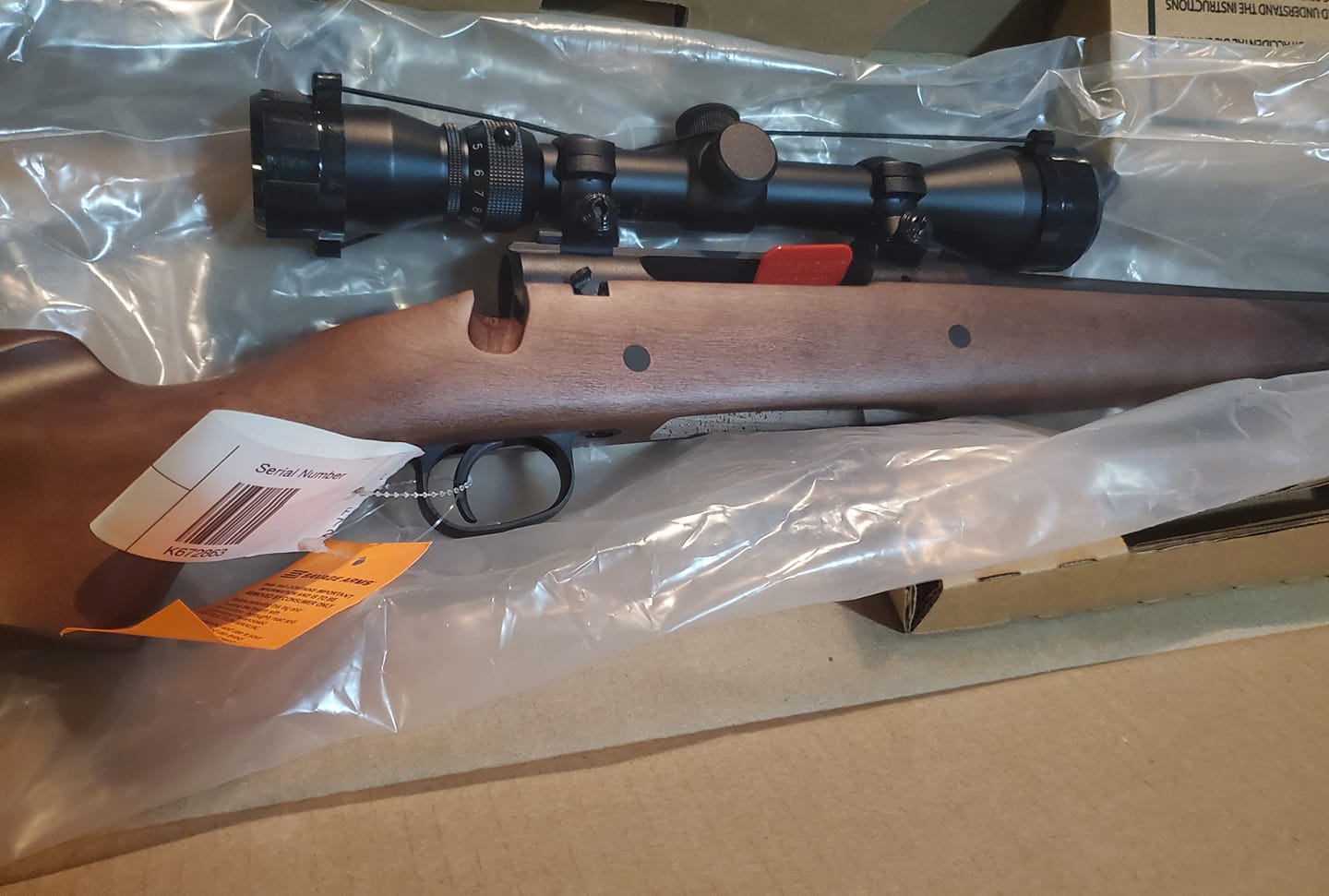
But even with some tasks done, there’s more to do in the domain of hunting than just daydreaming about the autumn hunting experience this time of year.
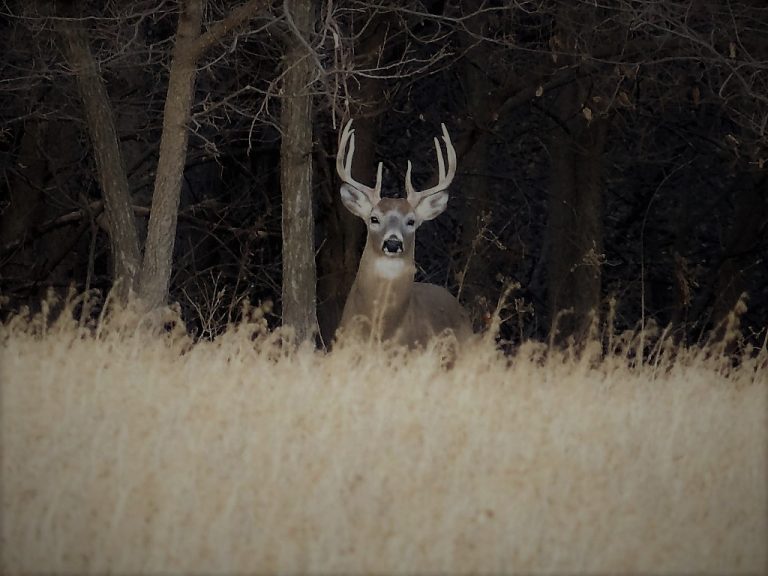
This is the time to sweat, literally and otherwise. It is actually the time to sweat the small stuff of your upcoming fall hunts.
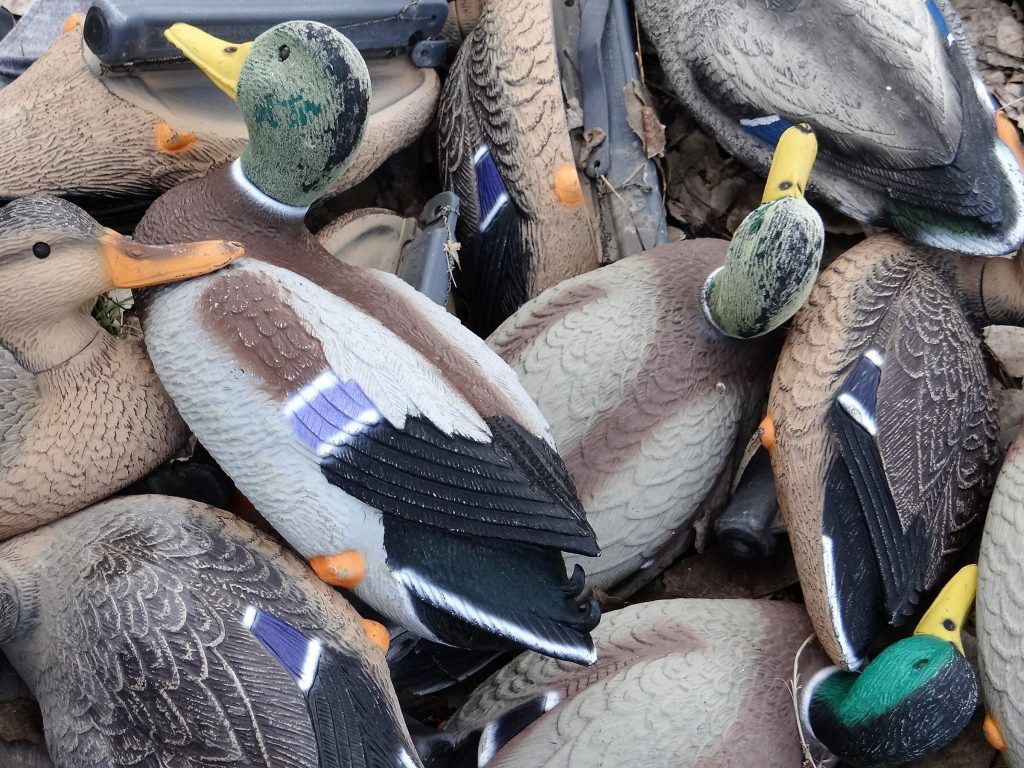
Planning in the summer avoids the haste and frantic state of sorting gear and packing the night before your big, opening morning adventure. It’s those little, but critical things that have a way of piling up quickly and being forgotten or overlooked in the days just prior to your major hunting season openers.
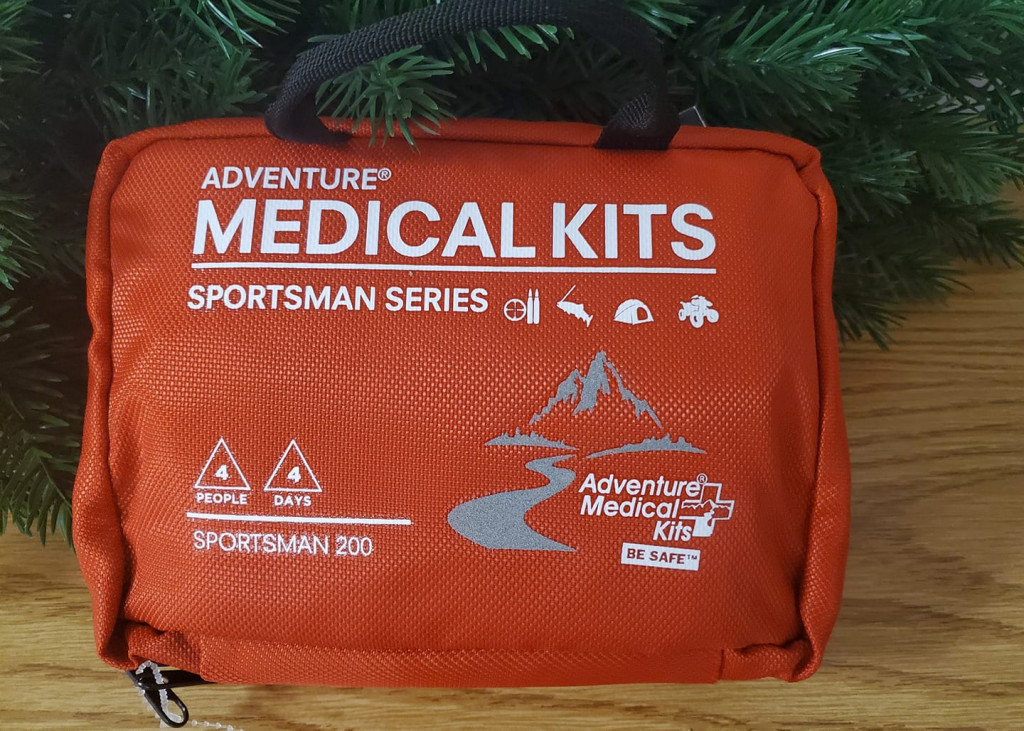
You see, there is much hunting homework that needs to be completed, especially this year with the COVID-19 pandemic!
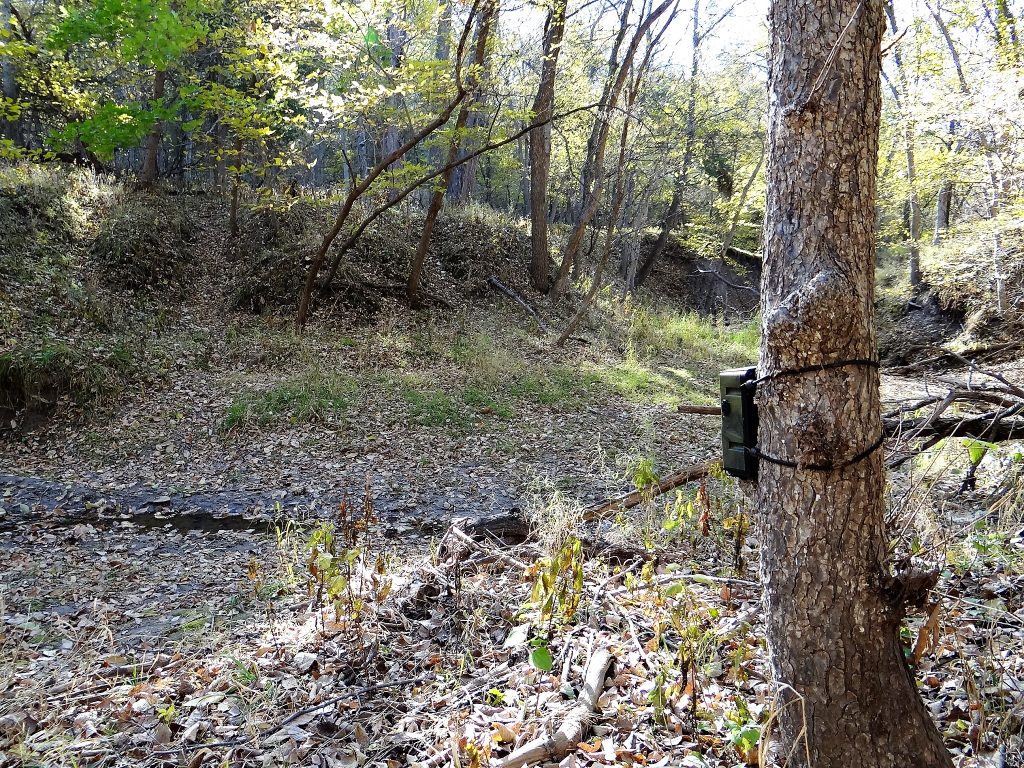
Being one who practices what he preaches, I sat down recently and put fingers to my computer keyboard to develop a handy, but extensive checklist for you and I to use to make certain that we are fully prepared when our Nebraska hunting seasons arrive. Here’s the list:
____Pack a small bottle of hand sanitizer and a face covering. COVID-19 health information and updates are available on www.OutdoorNebraska.gov
____Connect with the landowner where you plan to hunt by phone, email or social media, initially. If you do meet in-person make sure that you socially distance (Staying at least 6 feet apart). The big thing is to be certain you still have permission to hunt and part of their land hasn’t been sold or leased. Consider sending or shipping a gift to their doorstep, perhaps a cold box of Nebraska boneless ribeye steaks.
____Arrange time off work for crucial dates like opening days, weekends, weeks, or the peak of the deer rut. Also arrange lodging or make camping reservations, if you can.
____ Purchase required permits and stamps and acquire other mandatory items for your hunt when obtainable (e.g. H.I.P. number for hunting doves, ducks and geese, free East Zone grouse hunting permit, state park entry permit, etc.). The next application period for remaining big game hunting permits in Nebraska begins first-come, first-served at 1 p.m. Central Time on August 3.
____Check hunter education requirements for youth and other young folks. If applicable, take and successfully complete the course online at www.HuntSafeNebraska.org. For others, acquire the $5 Apprentice Hunter Exemption Certificate online under the “Buy A Permit” heading at www.OutdoorNebraska.gov
____ Study the current laws and regulations that apply to the game animals or birds you plan to hunt. Put the local conservation officer’s phone number and Nebraska Wildlife Crimestoppers phone number (1.800.742.7627) in your Android or iPhone.
____ Download fresh, new apps on your mobile device to get up-to-date, detailed maps of your hunting areas. OnX would be an example of this.
____ Review your compass. map and GPS interpreting skills. If your mobile device or GPS stopped working, could you navigate out of a remote location like the Nebraska sandhills or pine ridge with a compass and a topographic map?
____Scout your hunting land repetitively at periodic intervals as we progress into fall. Note where certain crops are planted, grass has been hayed and cattle or other livestock are grazing. Highlight any changes with the maturation of crops, habitat or landscape. Put up trail/game cameras and start monitoring them.
____Trim tree limbs/branches or brush for shooting lanes.
____Mow or weed-whack deer/game trails.
____Regularly water and weed your spring-planted food plots.
____Take soil samples and have them tested. Then you will know what to plant, where to plant and when to plant and with regard to fall wildlife food plots on your private land where allowed. Crops such as wheat, oats, rye, clover, turnips and brassicas like rape are those commonly planted.
____Make the necessary repairs to treestands, box blinds, trailer blinds, etc. and clean/touch-up decoys and patch waders.
____Service your ATV or UTV. Opening weekend is not the time to find out the machine won’t start.
____Assemble all your gear, examine it, clean it and repair or replace any things that are worn-out or broken. How’s your portable, camouflaged pop up blind? Carefully inspect fall restraint systems that are utilized for hunting from elevated deer hunting positions.
____Get a good, comprehensive, light-weight first-aid kit to carry on your hunts.
____Compile a small, light-weight survival kit to include such things as a multi-tool, lighter and fire starting materials, water, high-energy snacks, emergency space blanket and some rope or cord.
____Read reviews on the latest hunting gear. Find out if special sales exist on those new, highly-rated gear products either online through reputable websites or at local sporting goods stores.
____Wash all of your hunting clothes in unscented soap and store it in a plastic bag, if you have not done so already. Even add a some cedar chips to the bag.
____Buy new human scent-reducing supplies for deer hunting.
____Put fresh batteries in head lamps, flashlights, cameras, GPS units, etc.
____Sharpen your field-dressing, skinning and other hunting knives.
____Touch-base with your doctor to schedule a physical examination, even though it may be a virtual one. Schedule your hunting dog for a preseason check up with your veterinarian.
____Become acclimated to the weather for early season hunting. You and your hunting dog both should start a fitness regimen outside and stick to it.
____Practice shooting as much as possible. Just as with our physical conditioning, we also need to maintain our shooting abilities. A lot of hunters shoot their firearms and bows only 2 or 3 times a year and that may not be enough. Kick up your shooting sessions a few notches with realistic hunting scenarios, if possible. Remember, our duty as a hunter is to make an effective shot for a quick, humane kill through regular target shooting sessions.
____Practice calling. From ducks to bucks, if you’re going to use a call or call-sounding device, practice imitating the game bird or animal you want to draw to within shooting range before getting in the field. Match your calls for accuracy by listening closely to recordings.
____ Start breaking in your new hunting boots. Do not let painful blisters or sore, aching feet ruin your fall hunt.
____Contact local butcher shops that have processed deer. Find out if they are still going to be processing deer. Save their information, hours of operation and involvement in the Nebraska Hunters Helping the Hungry program.
____Stock up on your favorite spices, seasonings and sauces that you use to enhance the flavor of wild game meats.
____Mark down and look over those miscellaneous items you take to the field. Some are necessary, others make the experience more comfortable or efficient. What are some of your miscellaneous items? Several of mine are binoculars, range finder, wind-checking device, folding saw, rubber gloves and hand warmers.
____Place all your hunting gear in one, easily accessible place, such as a large plastic or wooden storage box. Better yet, arrange it neatly in your hunting packs.
Preparing for fall’s great hunts is a rather large assignment. But, as the old saying goes: Failure to plan is a plan for failure. It is so true when it comes to hunting.
Okay, now you can go back to indulging in your daydreams about the autumn hunting experience.
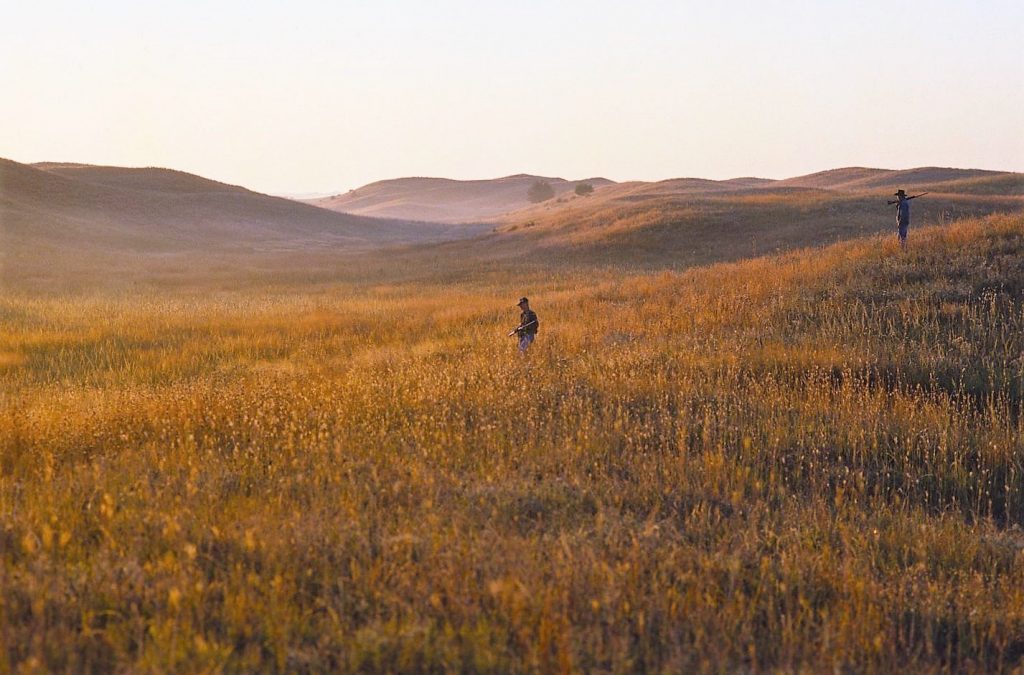
The post A Summer Checklist for a Safe and Successful Hunt appeared first on Nebraskaland Magazine.

